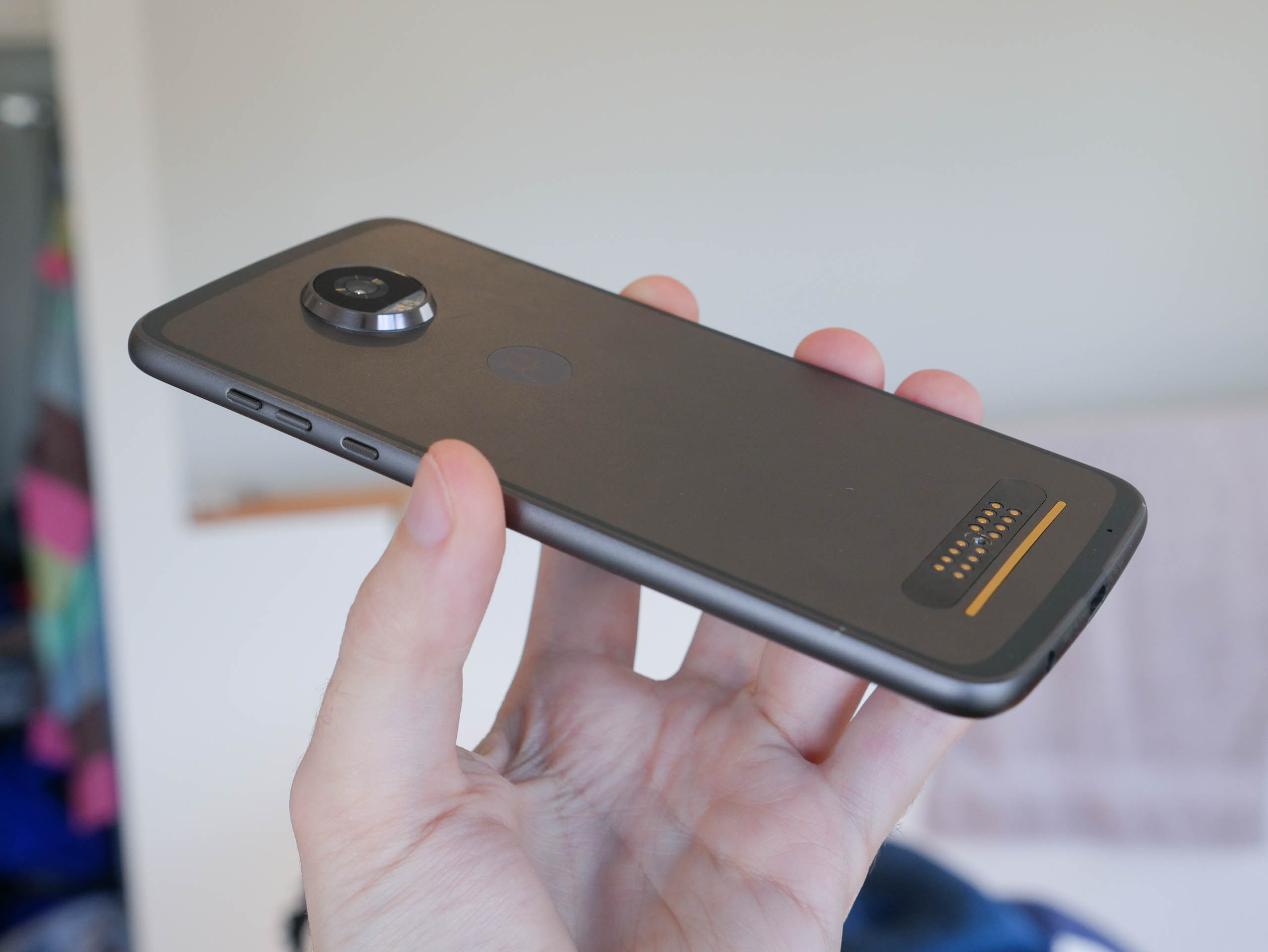System Performance
On Motorola's product page for the Z2 Play, they describe the phone as "thinner, lighter, faster". I'm not sure what they mean by that final point, because they've upgraded from a Qualcomm Snapdragon 625 in the Z Play to a Snapdragon 626 in the Z2 Play.
The only real difference between the S625 and S626 is a 200 MHz clock speed improvement across the eight ARM Cortex-A53 CPU cores. The S625 was clocked at 2.0 GHz, the S626 hits 2.2 GHz, so we're looking at a 10 percent improvement at best. Not exactly earth shattering in my opinion, especially when you consider both SoCs use the same Adreno 506 GPU clocked at 650 MHz, and the same memory controller good for 7.5 GB/s of bandwidth.
Motorola had a great opportunity here to upgrade the SoC from the lower-mid-tier Snapdragon 625 to a more powerful Snapdragon 65x series SoC, but instead they've gone with a very minor improvement.
The S626 supports up to Wi-Fi 802.11ac with MU-MIMO, but the Z2 Play doesn't activate this functionality, instead opting for just dual-band Wi-Fi 802.11a/b/g/n and Bluetooth 4.2. There's also NFC inside. As for cellular connectivity, we're looking at up to LTE Category 7 from the integrated X9 LTE modem.
The Z2 Play comes in two variants: 3GB of RAM with 32GB of storage, and a 4GB of RAM with 64GB of storage. I received the latter model to review, and it came with about 51 GB of user accessible storage space.






Before discussing these benchmark results, I do want to point out that although the Snapdragon 626 is a mid-range SoC, it still delivers enough performance for most basic tasks. Things like flicking through the operating system, light web browsing, and using apps like Twitter and Facebook Messenger are not huge performance sinks, so a mid-tier SoC is more than capable of delivering a smooth experience.
For more intensive tasks, the difference between the Snapdragon 626 and an SoC like the Snapdragon 650, 821 or even 835 becomes larger and more noticeable. Things like editing photos on the fly, browsing through large websites or documents, viewing spreadsheets are all faster on these more powerful SoCs.
Across our suite of benchmarks, the Snapdragon 835 is more than 60 percent faster on average in CPU limited workloads. Normally I wouldn't bother comparing a flagship SoC to the Snapdragon 626 used here, except that Motorola has priced the Z2 Play around the same mark as the OnePlus 5 and Xiaomi Mi 6, both which use the S835. It's clear that the S626 falls behind significantly in terms of performance here.
An SoC like the Snapdragon 821 is around 30 percent faster, while the Snapdragon 650 is a good 20 percent faster.
